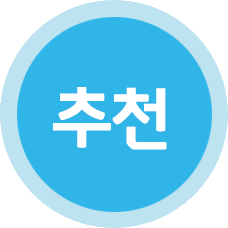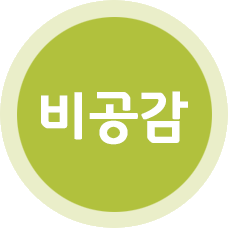원문보기:
http://m.mediatoday.co.kr/?mod=news&act=articleView&idxno=126724#Redyho#csidx50323de7608b03aa926c614cfd00677 일본내 식품안전 분야의 1인자로 꼽히는 고와카 준이치(식품과생활안전기금 대표)씨는 방사능물질 관리기준이 1.1베크렐로 낮춰져야 한다고 권고했다. 고와카 대표는 체르노빌 원전 폭발의 여진이 계속되고 있는 우크라이나의 노비마르치노비치 마을에서 1.1베크렐의 방사능 물질 섭취가 두통을 비롯한 여러 신체적 질환의 원인이 된다는 것을 경험적으로 밝혀냈다.
방사능 물질에 대한 정부 기준치(한국과 일본 모두 100베크렐로 동일함)에 대해 고와카 대표를 비롯한 많은 전문가들이 동의하지 않는 이유는, 이 기준치가 외부 피폭(예컨대 x-ray 촬영 등)과 내부 피폭의 차이를 구분하지 않기 때문이다. 한국과학창의재단이 발행하는 과학전문지인 사이언스타임즈에 의하면 “외부피폭에서 중요한 것은 방사성 물질의 농도와 피폭자의 거리”로서, “방사성 물질은 일정한데 피폭자와의 거리가 10배 가까워진다면 피폭량은 제곱으로 증가한다”고 설명한다. 즉 거리가 10배 가까워지면 피폭량은 100배 증가한다는 것이다. 내부피폭은 방사성 물질과 세포간의 거리가 0에 가깝고 외부피폭과는 달리 피폭이 영구적으로 계속된다. 고와카 대표는 그래서 외부피폭과 내부피폭은 1과 10만의 차이라고 말했다.
외/
CRIIRAD notes that the amount of iodine-131 capable of delivering a dose of 10 mSv varies greatly depending on the age of consumers.
☆Children up to two years old are the most vulnerable and ingestion of 50 becquerel (Bq) is enough to deliver to the body a dose of 10 mSv, according to the institute.☆
If the foods contain between one and 10 Bq per kg or more, it is possible that the reference level of 10 mSv may be exceeded within two to three weeks, the institute added.
Radioactive iodine-131 values measured by the French Institute for Radiological Protection and Nuclear Safety (IRSN) in recent days show the following, varying levels of contamination: 0,08 Bq/kg in ~.
Contamination to continue over coming weeks
CRIIRAD notes that "huge amounts of radioactive material have been released by the Fukushima Daiichi plant since Saturday 12 March 2011.
On Tuesday 5 April, 24 days after the accident, the releases continue.
☆This means that the contaminated airborne masses in Europe will last just as long, with a delay linked to the movement of radioactive aerosol gases over some 15,000 km."☆
It also cited a technical report from the operating company (TEPCO) and the Japanese nuclear safety authorities (NISA) which "fear releases over several more days, even weeks".
If more fires are reported or if the operators are forced to release more steam in order to prevent hydrogen explosions, new massive waste releases will occur, the institute warned.
BACKGROUND
☆After the radioactive cloud emanating from Japan's stricken Fukushima nuclear power plant reached Europe in late March, CRIIRAD, a French research body on radioactivity, an NGO, said it had detected radioactive iodine-131 in rainwater in south-eastern France.
ㅡ>
Radiation risks from Fukushima ‘no longer negligible’ – EURACTIV.com
https://www.euractiv.com/section/health-consumers/news/radiation-risks-from-fukushima-no-longer-negligible/



